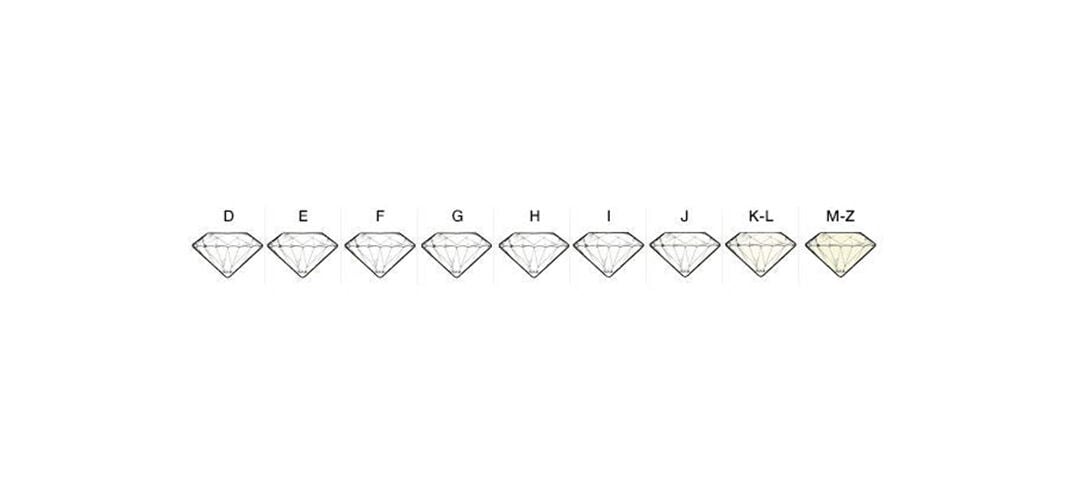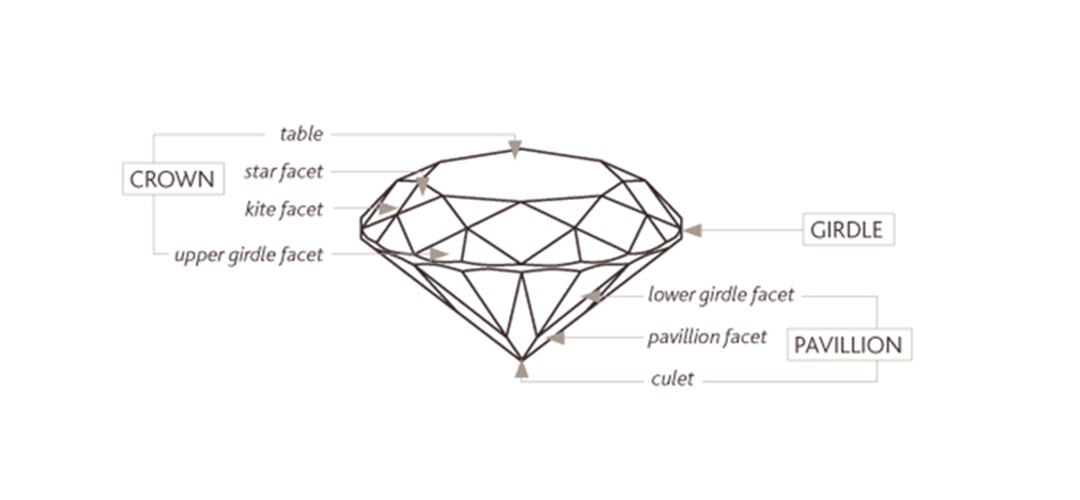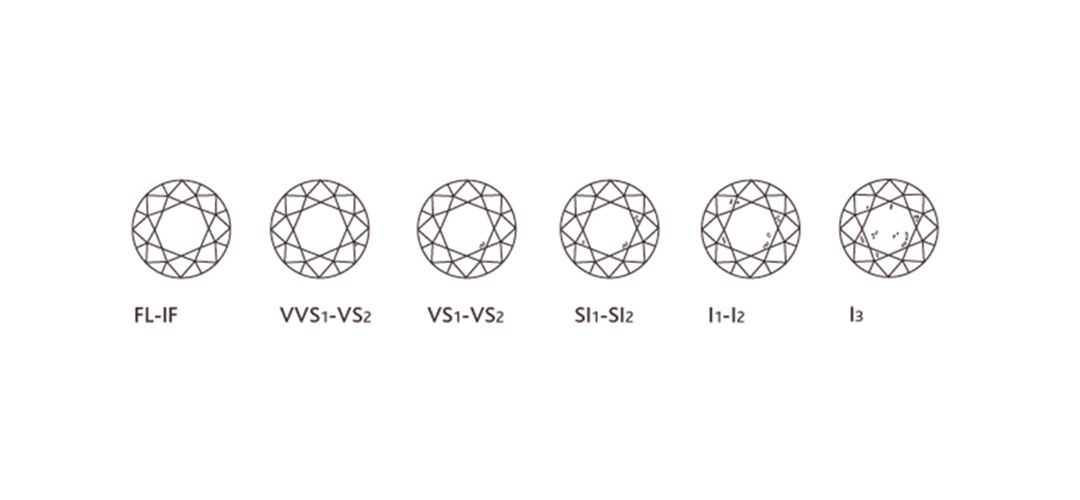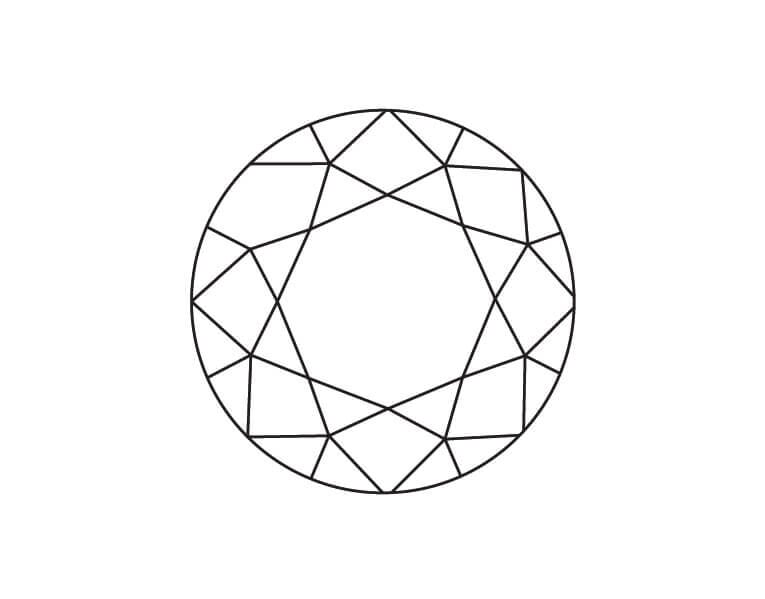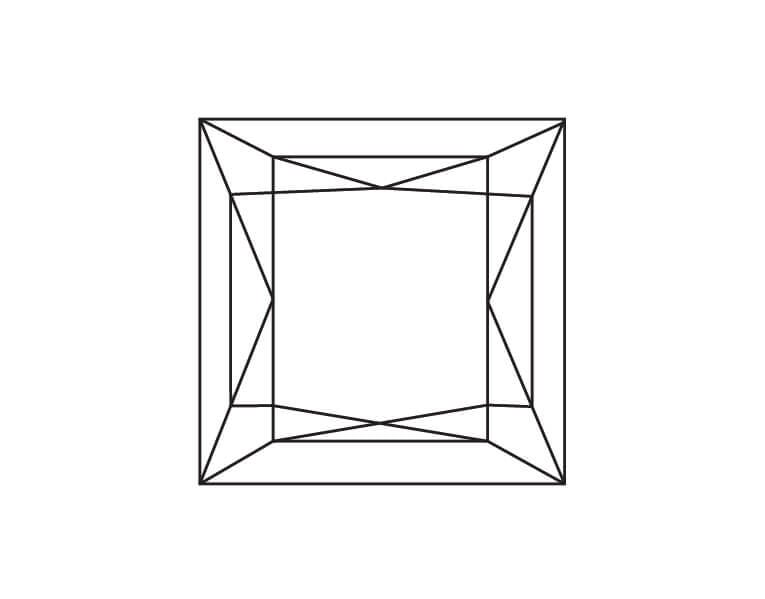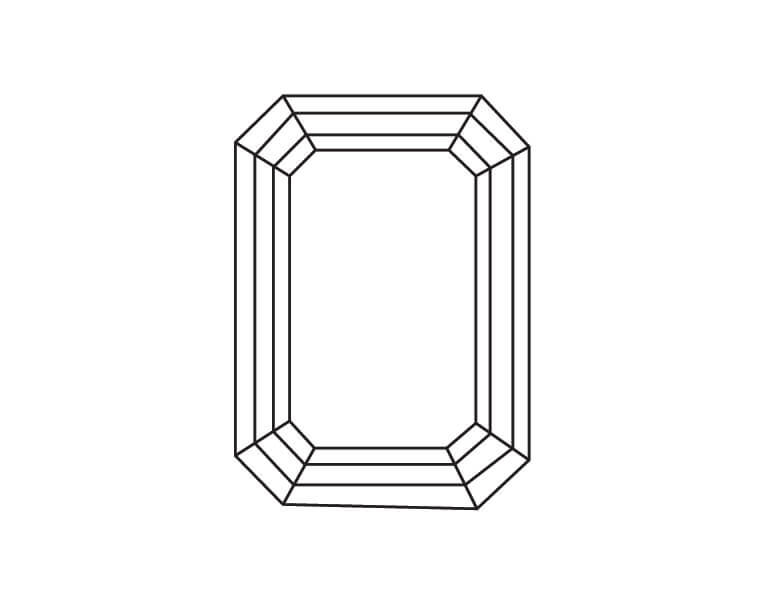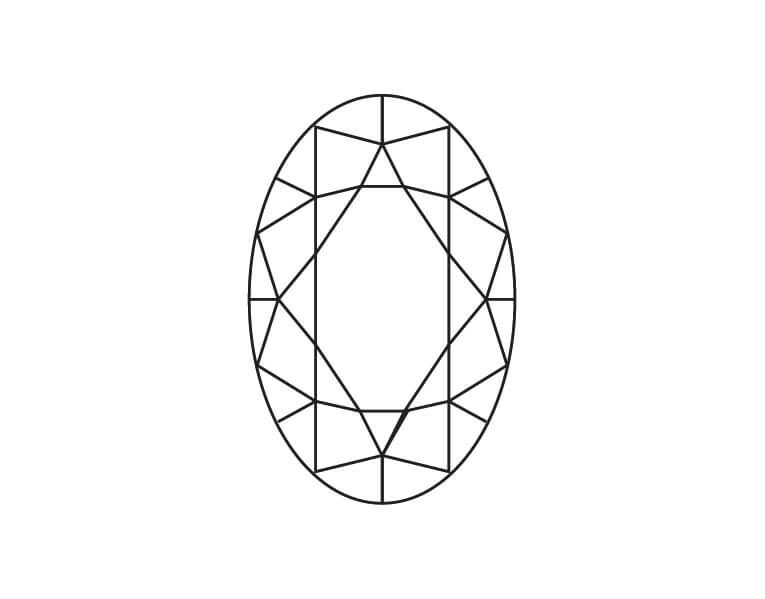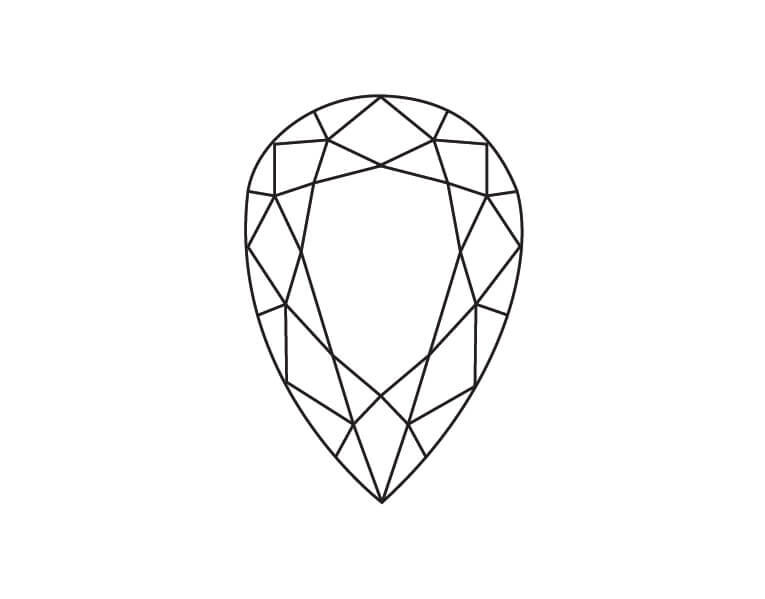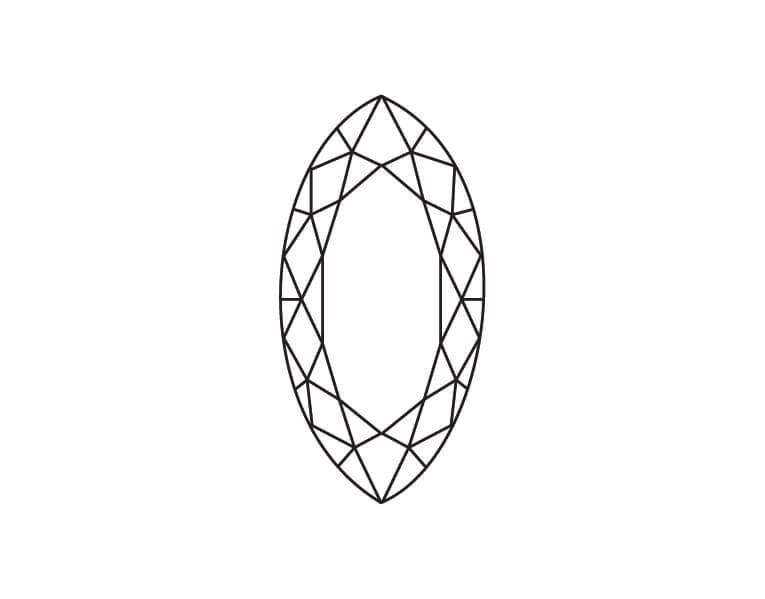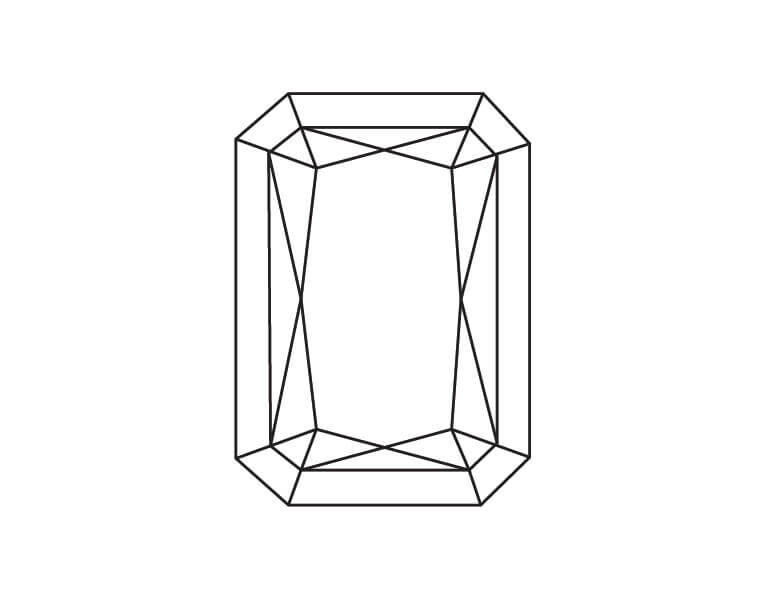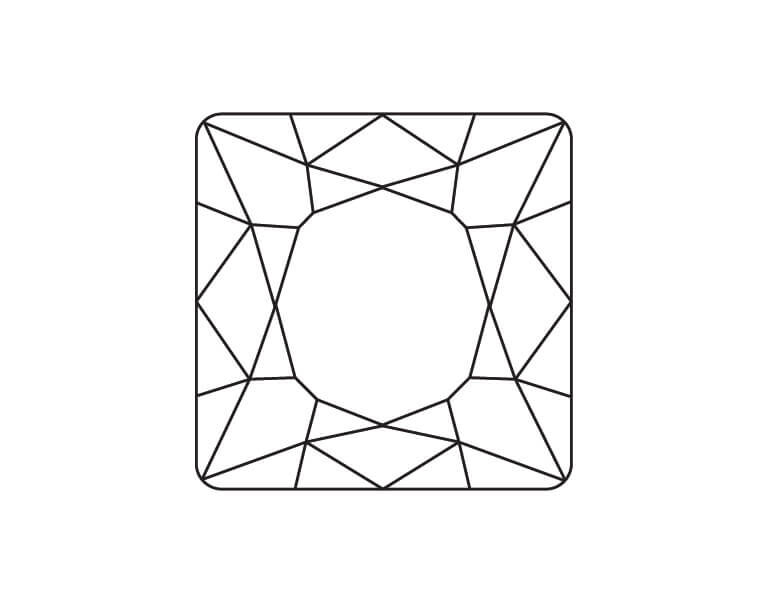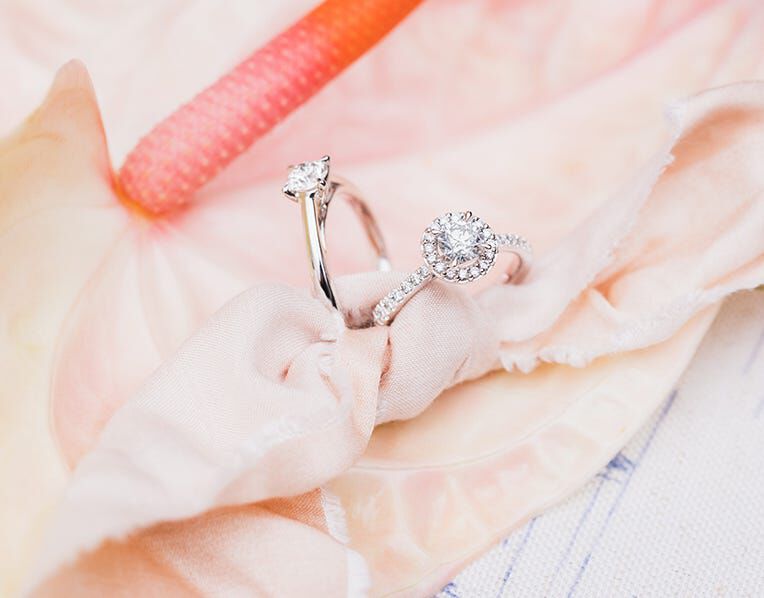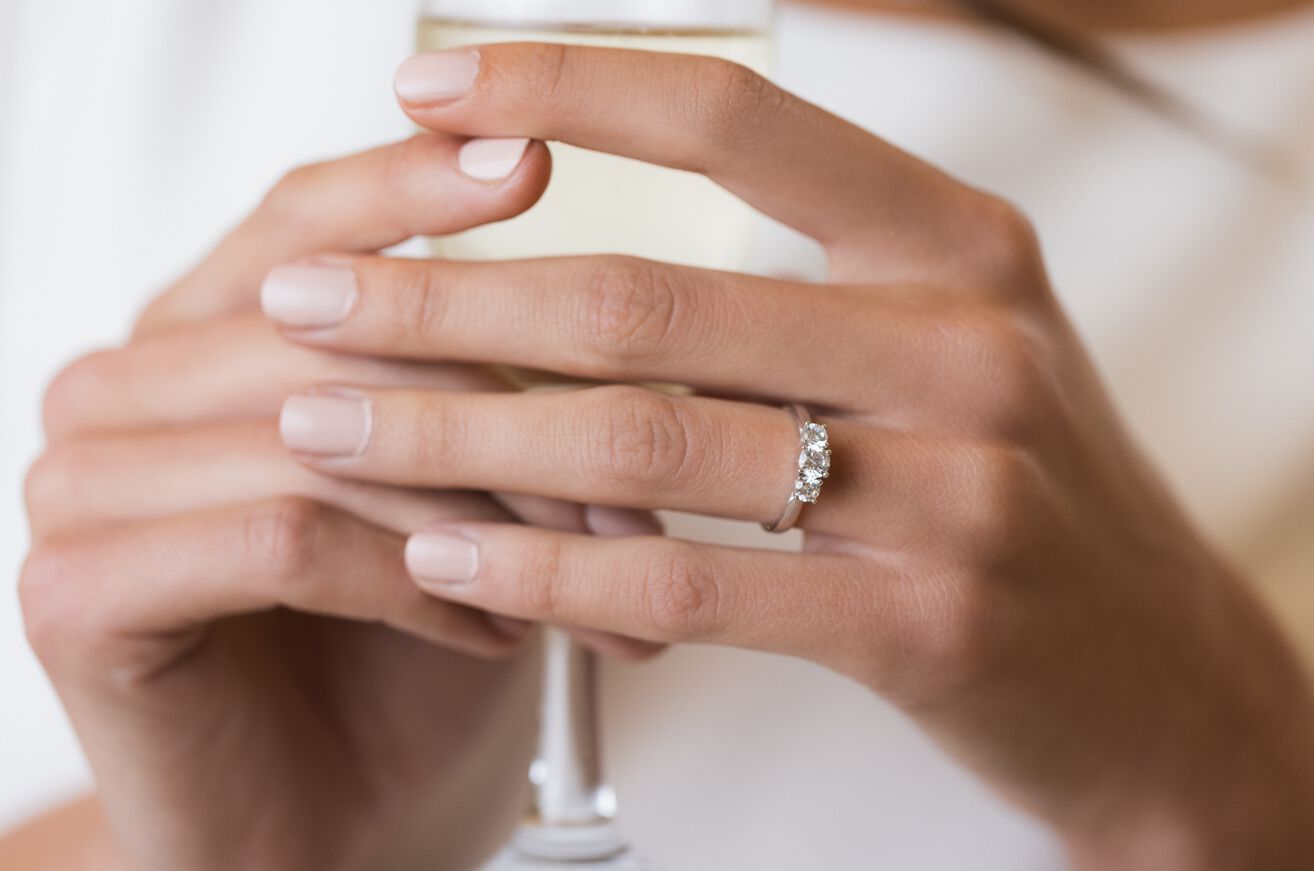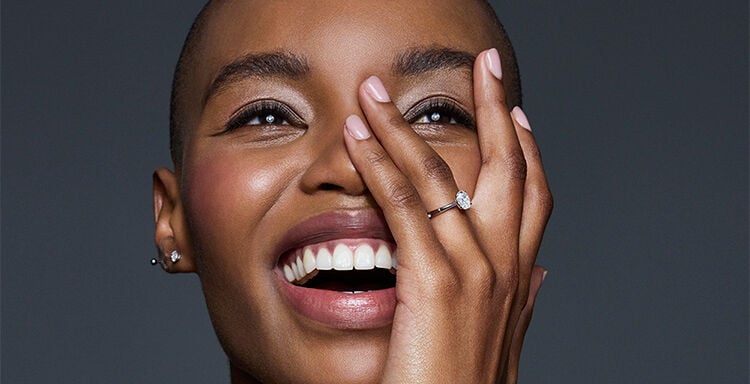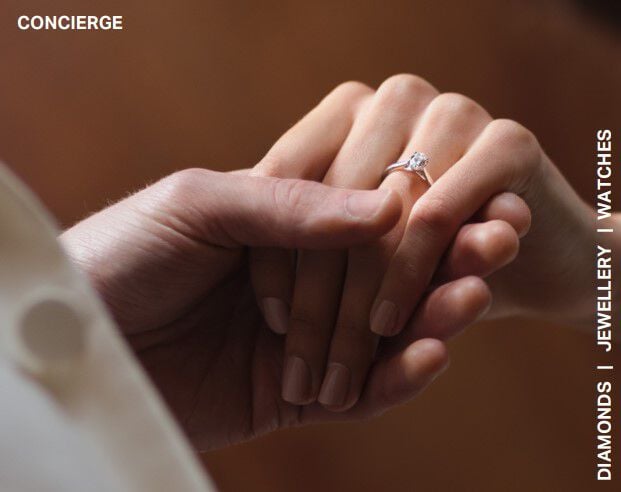Diamond Buying Guide
Buying diamonds is an exciting milestone, but can be overwhelming, but with knowledge and guidance, you can get the perfect piece that fits your budget. This guide will walk you through the diamond buying process, from understanding the language, the cut of diamonds available, to knowing the difference between lab grown and earth grown diamonds.
Colour
Colour actually refers to the degree to which a diamond is colourless. Diamonds are graded based on their color using a scale that ranges from D (colorless) to Z (light yellow or brown). The color of a diamond can significantly affect its value and appearance. Here's a brief overview of diamond color grades:
- D, E, F (Colorless): These diamonds have no discernible color and are the most rare and valuable.
- G, H, I, J (Near Colorless): These diamonds have a slight hint of color, but it's typically not noticeable to the untrained eye.
- K, L, M (Faint): These diamonds have a noticeable yellow or brown tint, but are still considered to be of good quality.
- N, O, P, Q, R (Very Light): These diamonds have a more obvious yellow or brown tint.
- S, T, U, V, W, X, Y, Z (Light): These diamonds have a significant amount of color and are typically less expensive.
CUT
The cut of a diamond refers to how well the stone has been cut and shaped, including its proportions, symmetry, and polish. A well-cut diamond will reflect and refract light in a way that maximizes its brilliance, fire, and sparkle.
Here are the key elements that are evaluated when assessing a diamond's cut:
- Proportions: The proportions of the diamond determine how well it reflects and refracts light. A well-proportioned diamond will have a good balance of light and dark areas and will maximize its brilliance and fire.
- Symmetry: The symmetry of a diamond refers to how well its facets (the flat surfaces on the diamond) align with one another. A diamond with good symmetry will appear more uniform and pleasing to the eye.
- Polish: The polish of a diamond refers to how well the facets have been finished and polished. A diamond with good polish will appear smooth and free of blemishes or scratches.
- Cut Grade: Many diamond grading laboratories use a cut grading system to evaluate the overall quality of a diamond's cut. This system takes into account the proportions, symmetry, and polish of the stone, as well as other factors such as the shape and depth of the diamond.
CLARITY
Clarity refers to the presence of tiny natural imperfections that occur in most diamonds. These imperfections are known as inclusions. The fewer and smaller the inclusions, the greater the clarity.
What are inclusions?
Inclusions are most commonly crystals of a foreign material or another diamond, pockets of air or structural cracks that formed within or on the outside of the diamond while it was beneath the earth’s surface. There are various types of inclusions, such as feathers, clouds, knots, needles or crystals. Inclusions are affectionately known as nature’s fingerprints or birthmarks, as these marks make each diamond unique. While most aren’t visible to the naked eye, inclusions and blemishes can affect the flow of light through a diamond, diminishing its brilliance.
How is clarity graded?
Clarity is determined by the size, number, location, orientation, nature and overall visibility of the inclusions. When gemologists inspect diamonds for clarity, they use a single lens 10x magnifying glass (a loupe), and judge the visibility of inclusions from the top of the diamond. At Fraser Hart we use the Gemmological Institute of America (GIA) scale of clarity.
- FL, IF - Flawless – no internal or external inclusions. Internally flawless – no internal inclusions but may contain surface graining which is not technically considered a flaw. Extremely rare and valuable. Also known on other grading scales as Loupe Clean.
- VVS1, VVS2 - Very, very slightly included. Very difficult to see inclusions even by a trained eye using 10x magnification. VVS2 diamonds have slightly more inclusions than VVS1. Both an excellent grade diamond.
- VS1, VS2 - Very slightly included. Inclusions are difficult to see under 10x magnification unless pointed out by an expert and are not typically visible to the naked eye. VS2 diamonds have slightly more inclusions than VS2 diamonds. Good value for money as are less expensive than VVS1/2 diamonds but still eye-clean.
- S1, S2 - Slightly included. Inclusions are visible under 10x magnification and may be visible to the naked eye. Depending on the positioning and nature of the inclusions S1 diamonds may appear eye-clean and therefore offer exceptional value.
- I1-I3 - Included. Inclusions are visible to the naked eye and become increasingly visible towards I3 clarity.
At Fraser Hart we only state clarity grade on our certificated diamonds.
Diamond Shapes
Diamond shape is all-important when you're buying a piece of diamond jewellery and even more so when it comes to buying a diamond engagement ring in which the sparkling gem takes centre stage. Every diamond shape has its own story and you should choose the shape that’s right for you and your story. Shape refers to the outline of the gem when viewed from above. All diamond shapes that are not round brilliant are known as fancy shapes. Fancy diamond shapes were developed to make the most of rough diamonds that didn't suit the classic round brilliant diamond.
Diamond Settings
At Fraser Hart we choose the settings for our diamonds to maximise each stone's beauty while ensuring it stays securely in place. With an array of diamond settings available, here's a quick guide to some of our favourites.
Claw Setting
A classic setting for diamonds, also known as a prong setting, claw settings allow light to enter the stone, showcasing it to its breathtaking best. Four claw settings offer a contemporary look, while six and eight claw settings are more traditional. Larger diamonds, however, may require a six or eight claw setting in order to be held securely. Suitable for most diamond shapes, claw settings are particularly popular for round brilliant solitaires, creating diamond engagement ring and jewellery with timeless appeal. A channel setting allows for multiple diamonds to be set closely together within a "channel" of precious metal, creating a seemingly continuous glistening row. Suitable mainly for round brilliant, emerald cut, princess cut and baguette diamonds, a channel setting is a popular way of setting diamonds into a ring's shoulders and also makes for beautifully scintillating diamond eternity rings and wedding rings.
Rubover setting
Also known as a bezel setting, the rubover setting uses a collar of precious metal which wraps over the edge of the diamond. An extremely secure setting that also protects the diamond, a bezel setting can create a bold, modern look in diamond jewellery.
Pavé Setting
Named for the French for paved, in pavé settings multiple small diamonds are set closely together and close to the surface of jewellery to create an unbroken expanse of shine and brilliance. The jewellery uses small metal beads to set the diamonds with the aim of showing as little of the metal as possible for a true diamond-encrusted look. Most suitable for round brilliant diamonds and particularly popular in diamond dress rings and pendants, a pavé setting often results in jewellery with a vintage feel.
Tension Setting
In tension settings, the diamond is held in place by the pressure of the metal so that the stone appears to gracefully float. Requiring a thicker band than for other diamond settings, the metal is spring-loaded to exert pressure on the diamond while teeny grooves create a shelf on which it rests. Creating a striking look, a tension setting allows the maximum light to pass through the stone and offers a stunning backdrop for diamond rings and jewellery.
Lab Grown Diamonds or Earth Grown Diamonds
Choosing between a lab grown diamond and a mined diamond is a personal decision that depends on your values, preferences, and budget. Some factors to take into consideration are price, rarity and certification. To find out all about lab grown diamonds read our full guide.
Need help finding a diamond?
At Fraser Hart we're passionate about diamonds, and every piece of diamond jewellery we offer has been selected with love and care. We understand that diamond jewellery is a significant purchase - emotionally and financially. Buying a diamond should be a magical, truly special experience and that's exactly what we want you to have.

